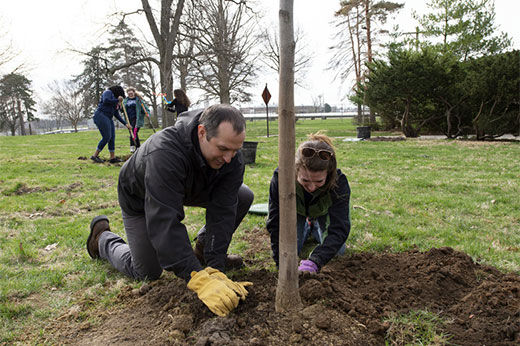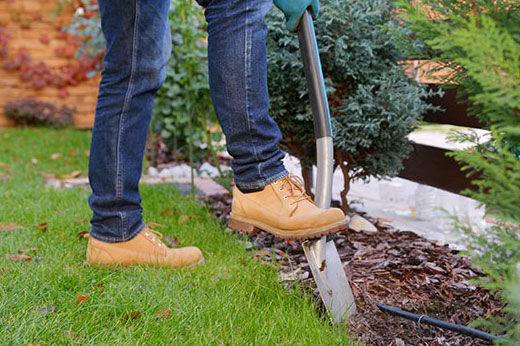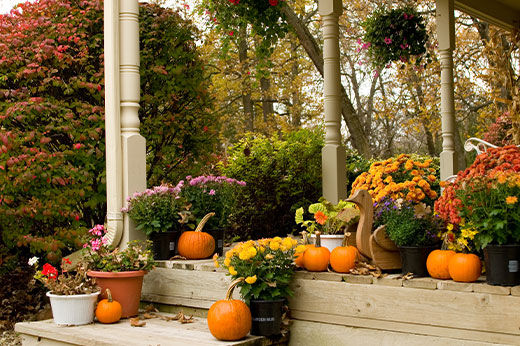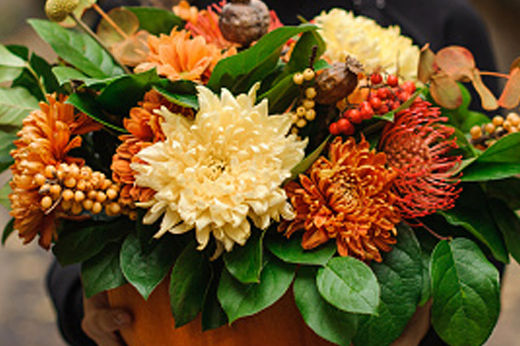5 Common Lawn Weeds

A thick, lush, green lawn is one of the hallmarks of a homeowner that has it all together. Taking pride in how your lawn looks sets your home apart and shows a high level of care and attention to detail. A freshly cut, striped lawn stretching out before you just feels right, doesn’t it? But for most of us, these things called weeds are everywhere. They can make it seem impossible to keep your lawn healthy, and they can be extremely difficult to get rid of. The culprits come in all shapes and sizes, and they show up in all kinds of climates. Let’s take a look at the five most common weeds, along with some tips and products for preventing them. Remember, many more lawn care products can be found on the shelves of your local, independent Do it Best store!
Dandelions

This might be the first thing that comes to your mind when you think of lawn weeds. These things can quickly take over your lawn and stick out like sore thumbs with their bright yellow flowerheads. Your kids may think they’re cute to pick and bring back to you, but next time send them out with a hand weeder to really get the job done!
Once the heads turn into white, fluffy seeds, they’ll end up germinating all over your lawn. The roots are deep and must be completely removed to keep them from coming back. Since the plant is so prevalent, there are many products designed to rid your lawn of dandelions. Many weed & feed or lawn food formulas are specifically designed to clear out the pesky dandelion, and you can spot-spray them with herbicides that won’t harm your lawn.
Crabgrass
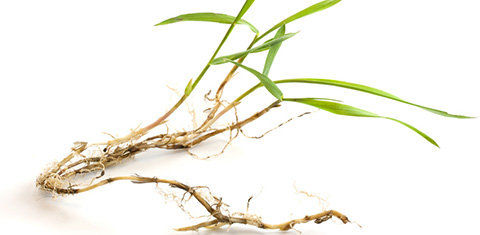
Crabgrass is another common weed affecting homeowners all over the country. It likes to pop up in weak areas of your lawn; if you’ve not watered correctly or mow your lawn too short, crabgrass can take hold quickly. It forms a tight circle of leaves and can be a pain to dig out.
This weed should be treated before it appears in the spring, so it’s best to have used one of the many lawn food plus crabgrass preventer options available early on. If it has already arrived, keep up the crabgrass treatment as needed.
White Clover
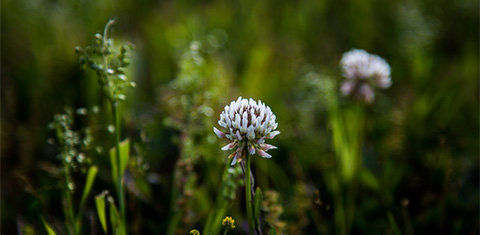
While this weed was once accepted as just part of a normal lawn, many homeowners are now trying to get rid of it. It will pop up where soil is low in nitrogen, so increasing soil fertility can suppress it. You might try hand digging it out and applying fertilizer directly to the area.
You can also apply herbicide as recommended, but you may need to use it multiple times throughout the year to really see results.
Chickweed
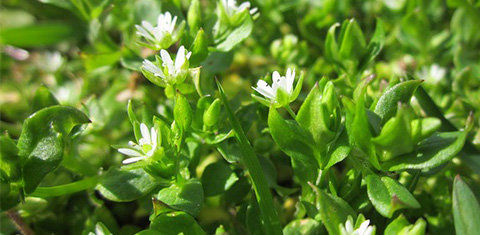
Chickweed is a persistent one, spreading out in clumps where there is shade and an abundance of water. It’s especially problematic in lawns that are thin or don’t drain well.
The easiest way to rid your lawn of chickweed is to pull them by hand, as they are removed fairly easily. However, if you’ve got an infestation on your hands, using herbicide in the spring and fall can prevent the spread. Some also recommend stepping on the weeds and breaking the stems, sprinkling fertilizer, and allowing the extra nitrogen to finish them off.
Prickly Lettuce

This weed looks exactly like its name suggests, and is a common weed that pops up in the cooler seasons of most regions in the country. It will grow in many different environments, but particularly in thin lawns or exposed soil.
It can be uncomfortable on bare feet thanks to its spiny leaves, and it spreads quickly via wind-borne seeds like a dandelion. It’s not easy to pull by hand, so spot spraying with herbicide after it appears is your best option. Having a healthy lawn overall will make major strides in preventing prickly lettuce from appearing at all.
